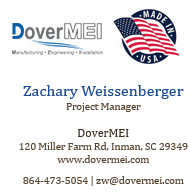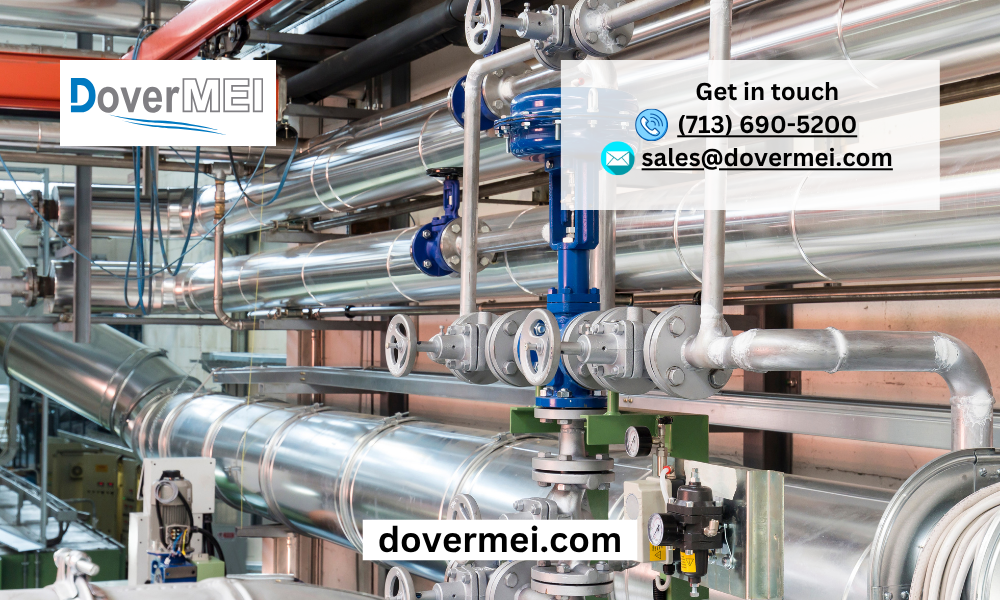Pneumatic conveying systems are essential in modern industrial operations, efficiently transporting bulk materials using air pressure or vacuum through enclosed pipelines. While they improve productivity, cleanliness, and process control, they also pose unique safety challenges that demand proper design, maintenance, and operator training.
Understanding the Hazards of Pneumatic Conveying Systems
Unlike mechanical conveyors, pneumatic systems operate under high pressure and velocity, often hiding hazards inside sealed pipelines. Common safety risks include:
- Pressure-related hazards – Overpressure or vacuum failures can cause sudden ruptures, releasing air or materials at high force.
- Combustible dusts – When mixed with air, fine powders can create explosion risks.
- Toxic and abrasive materials – Exposure during maintenance can cause respiratory issues or accelerated wear on components.
- Mechanical hazards – Rotating equipment such as blowers and rotary valves present entanglement and impact risks.
Understanding these risks allows facilities to design appropriate safety measures and emergency protocols.
Critical Safety Components and Design Features
Pressure Relief Systems
Pressure relief valves and rupture discs protect against overpressure events. These must be properly sized, maintained, and directed away from work areas. For vacuum systems, vacuum relief devices prevent implosion by admitting air when pressure drops too low.
Explosion Protection Systems
For combustible materials, systems should include:
- Explosion vents to safely relieve combustion pressure.
- Suppression systems that inject agents to stop explosions before they spread.
- Isolation valves to prevent flame propagation between connected vessels.
- Inerting systems that reduce oxygen levels and eliminate ignition potential.
Dust Containment and Control
Proper containment minimizes health hazards and explosion risks. Use dust collectors, baghouses, and tight seals at transfer points to prevent leaks. Regular maintenance of filters and gaskets ensures consistent containment and compliance with air quality standards.
Safe Operational Procedures
Startup and Shutdown Protocols
Operators should follow strict startup sequences to prevent pressure spikes or material slugs. Before startup:
- Confirm relief devices and sensors are functioning.
- Open the airflow before feeding materials.
- Gradually increase feed rates.
For shutdown, systems must be depressurized and purged of material before maintenance. Emergency stop buttons should be accessible and clearly marked throughout the facility.
Lockout/Tagout Practices
Before any service, all energy sources must be isolated. Lockout/tagout procedures should include:
- Cutting electrical power to motors.
- Closing and locking air valves.
- Bleeding system pressure safely.
- Verifying zero pressure before opening any system component.
Personal Protective Equipment (PPE)
Even with engineered safeguards, PPE remains vital.
- Respiratory protection for airborne dust or toxic materials.
- Hearing protection near compressors or blowers.
- Eye and face protection during sampling or maintenance.
- Flame-resistant or chemical-resistant clothing, depending on material type.
Maintenance and Inspection Safety
Regular inspection and maintenance prevent costly failures and accidents.
- Check for erosion at elbows and bends where wear is greatest.
- Monitor pressure and flow to detect blockages or leaks.
- Conduct vibration and temperature checks on blowers and compressors.
During maintenance:
- Always remove residual materials before opening pipelines.
- Follow confined space procedures when entering filters or cyclones.
- Use mechanical lifting aids for heavy components.
Training and Competency
Training is the foundation of safe operation. Personnel must understand:
- System design and function.
- Hazard recognition and emergency response.
- Lockout/tagout and confined space procedures.
Refresher training should be conducted annually or after any safety incident.
Compliance with Industry Standards
Pneumatic conveying systems must meet OSHA and NFPA standards for machine guarding, dust control, and explosion protection. Compliance ensures:
- Worker safety.
- Regulatory approval.
- Reduced liability in the event of an incident.
Maintaining documentation of training, inspections, and maintenance is essential for audits and continuous improvement.
Partner with DoverMEI for Safer Pneumatic Conveying
Safe operation of pneumatic conveying systems demands expert design, proper equipment, and trained personnel. Partnering with a trusted expert ensures your system operates efficiently while minimizing risk.
At DoverMEI, we specialize in safe, reliable pneumatic conveying solutions tailored to your materials and facility requirements. Our team provides:
- Custom-engineered systems with built-in safety controls.
- Explosion and pressure protection designs compliant with NFPA standards.
- Training and maintenance support to ensure long-term safety and performance.

